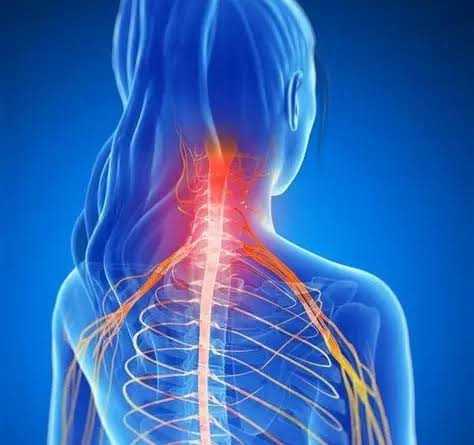Nerve pain can be debilitating and frustrating. Peripheral nerve injuries can range from mild sensitivity and discomfort to complete loss of sensory and motor function.
Neuropathic is pain that is caused by a lesion or disease of the somatosensory nervous system.
Neuropathic pain can be central neuropathic pain which involves a lesion or disease of the central somatosensory nervous system or peripheral neuropathic pain that involves a lesion or disease to the peripheral nervous system.
Symptoms may include:
- Burning pain
- Lancinating pain
- Pins and needles
- Sharp shooting pain
- Hypersensitivity to pressure, heat or cold
- Muscle weakness and /or atrophy (loss of muscle size)
Symptoms may be provoked with various positions or movements and often symptoms can be worse during the night and disturb sleep.
Some examples of peripheral neuropathies include.
- Carpal tunnel syndrome
- Tarsal tunnel syndrome
- Thoracic outlet syndrome
- Pronator teres syndrome
- Radial tunnel syndrome
- Piriformis syndrome / Deep gluteal syndrome
- Moreton’s neuroma
- Cluneal neuralgia
- Pudendal neuralgia
- Genitofemoral neuralgia
- Ilioinguinal neuralgia
- Ischiofemoral impingement
- Cervical radiculopathy / radicular pain
- Lumbar radiculopathy / radicular pain
How can we help?
Nerve pain can be scary, understand why nerves can becomes sensitised and irritable is the first step to appropriate management. Also, a thorough assessment that will aim to rule our more serious pathology is important.
In many cases nerve pain can be managed well with various technique and exercises that can improve the mobility of the nervous system within its mechanical interface and decrease its sensitivity.
If you are reading this and you have nerve pain, I am sure you are very aware of how it can impact your general function, exercise, level of stress, sleep mood and quality of life. Having a plan in place that progresses you back to doing what you enjoy is the primary focus.












